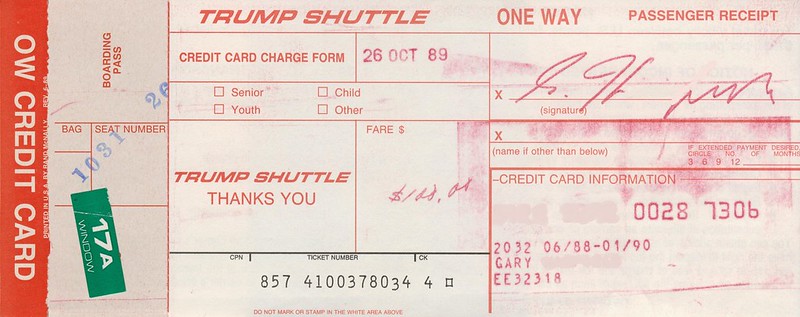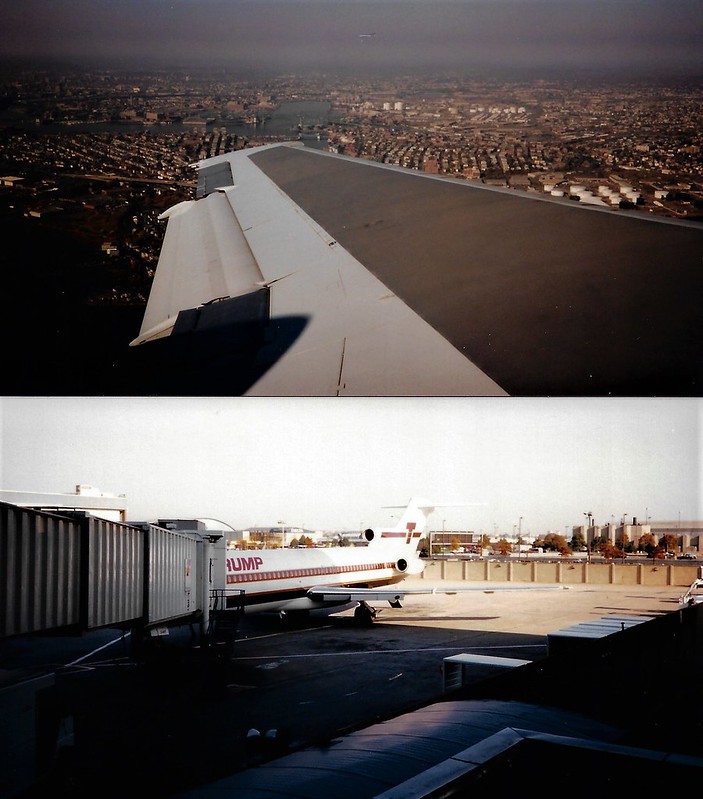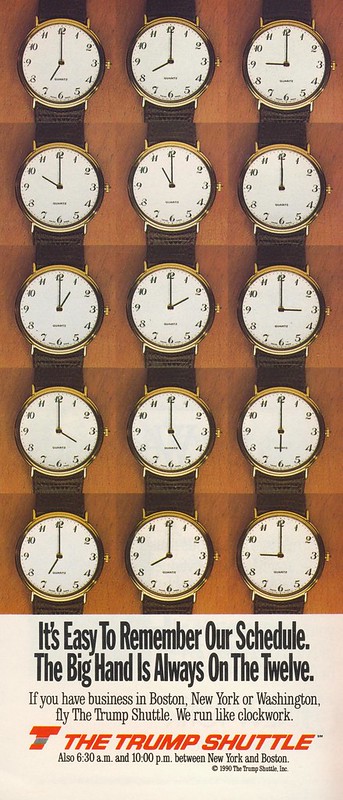To separate the large from the small, I'll add my comments here. The issues of window shades (and the electronic ones on the 787) are an argument that will never fully satisfy everyone. They do save weight, which is important, but practically, they are a compromise between those that want to look out the window no matter what, and those that want the cabin as dark as possible so they can sleep/watch in-flight entertainment, etc. The dimming feature does not go completely opaque, yet they do very heavily limit the amount of light that can enter. You can still see out (albeit with a very heavy dark blue tint), but the cabin remains dark.
The other half of the controversy is that, because they are electronic, the crew can control them centrally. So if they want the cabin to be dark, they can lock it out (and likewise if they want the windows transparent, such as for takeoff and landing). That, of course, bugs the folks that want full control of the window shade to the exclusion of anyone else.




























































